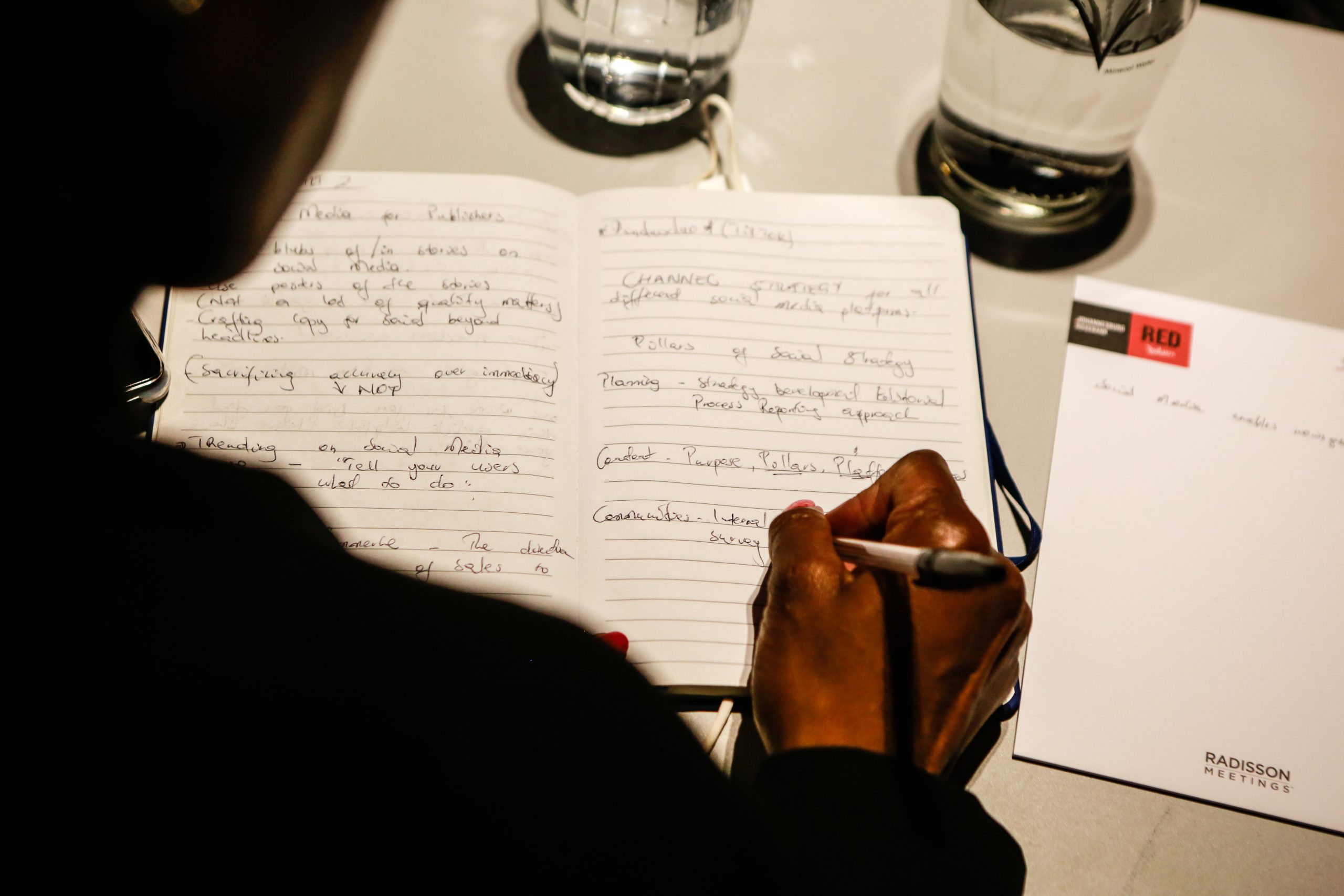Despite the fast pace of the daily news cycle there is still high demand for good longform narrative feature writing. Feature stories take an in-depth look at a subject and offer a tool to make difficult information enjoyable and accessible. While is it is important to create a compelling narrative and engaging story characters, journalism should always be evidence-based, stressed health and science writer Pontsho Pilane when she hosted a writing workshop for SAMIP participants focused on feature writing and evidence-based storytelling, guiding writers on how best to use reports, studies and public records to enhance their reporting.
So where do you go to find reputable information to enhance your reporting?
According to Pilane if you take the time to read reports sometimes the best nuggets of interest are hidden in the details beyond the executive summary; she therefore advises ‘reading wide and deep’ and the quality of your stories will improve.
What you should look for and where to get it
Studies, institutional reports, policy briefs, research institutes, universities and government can all provide rich sources of information. These are some other reputable sources that can be mined to find story ideas within your interest area:
Google Scholar for peer-reviewed research studies
Parliamentary Monitoring Group | South Africa (pmg.org.za)
EurekAlert! Science News Releases ;
Africa Check | Sorting fact from fiction – for debunked statistics, reports, fact checks, Info Finder | Facts from Africa in one place (africacheck.org) and guides
Wikipedia? Don’t quote Wikipedia but it can be a good place to start to find reputable sources, look for links under “references”
Reporting 101 Checklist: questions to ask when reviewing new information
- What is new about this research? What were the main findings? Why does it matter?
- Who conducted it? What was their objective? Hint: look at the disclosure statement at the end of the research report for potential conflicts of interest. You will also find the email address of the contactable lead researcher at end of the report – follow up with them.
- What was the methodology? What did the study measure? What was the sample size?
- What are the limitations? What are the recommendations? How implementable are the recommendations for my context? How much will it cost?
Be careful of conflating correlation and causation – if researchers note a relationship between elements, be careful not to report it as a cause!
Pontsho’s top resource on the art and science of writing: The Universal Journalist by David Randall and his Applause formula. You will need: A – Appeal, P – Plain facts, P – Personalities, L – Logic, A -Action, U – Universal/Unique, S – Significance, E – Energy
Contact the SAMIP team if you would like the recording or slide presentation from this writing workshop.

